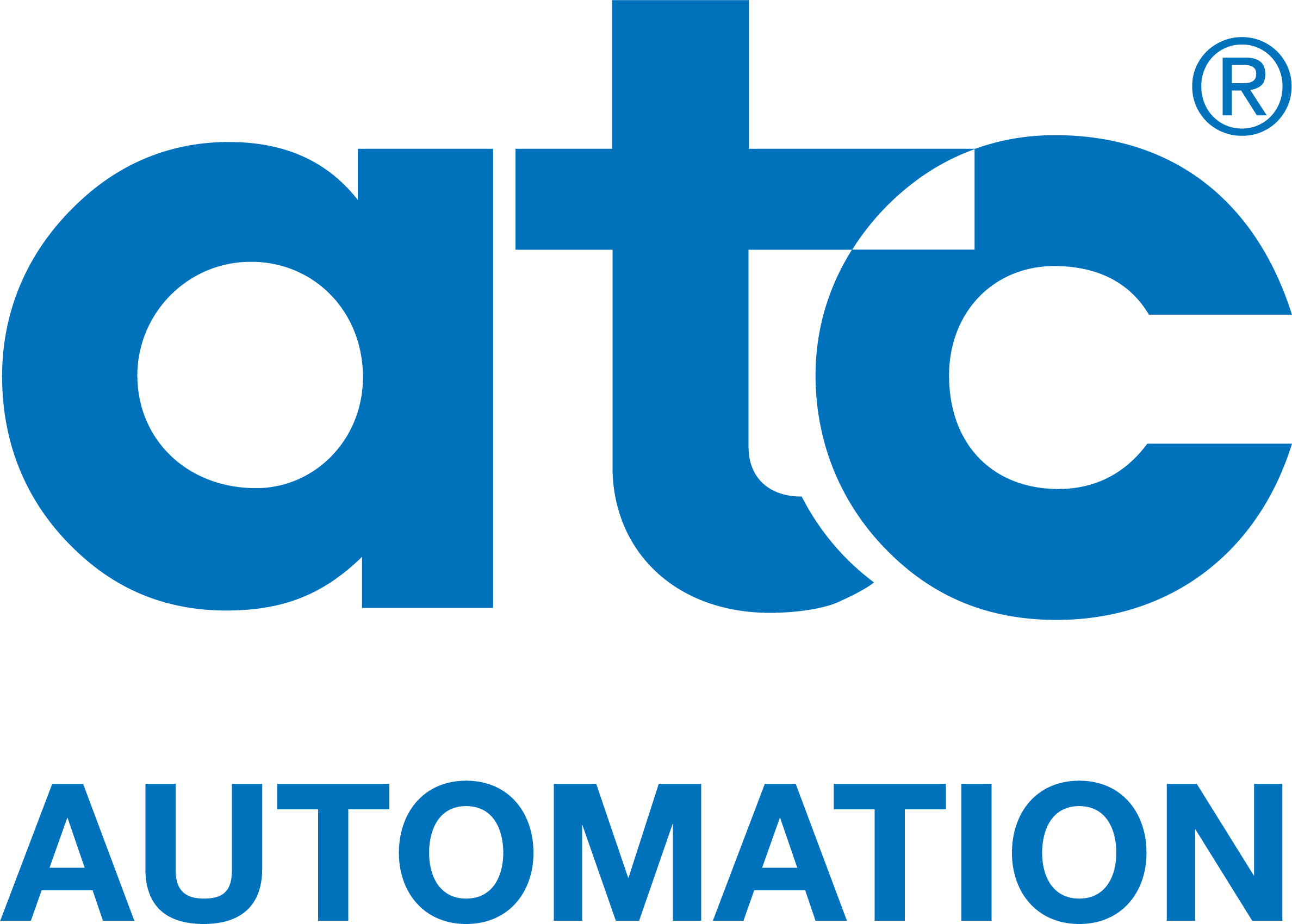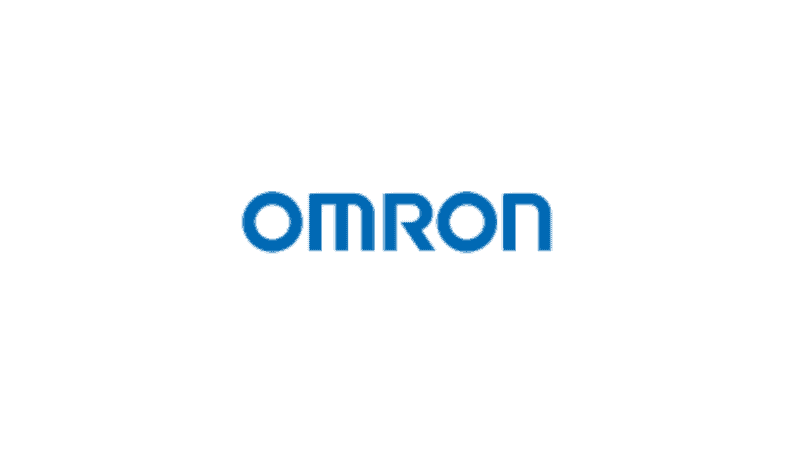ATC Automation are an approved technical partner for the Omron cobot range in Ireland. With a demonstration model available for proof of concept projects our Application Engineers can demonstrate the capabilities and functionality of the Omron cobot range at our Dublin training centre, at customer sites or indeed via remote platforms if required.
Cobots can be successfully deployed for many different applications, however one of the most common applications they are used for is the automatic feeding of parts in to a machine. The case study below is a good example of this type pf application.
Cobots give gear manufacturer a competitive production edge
Danish gear manufacturer, Fischer Gears, has boosted the competitiveness of its production process – especially on larger series – by installing two Omron TM robots. The collaborative robots (cobots) free experienced employees to focus on more value-adding tasks.

Fischer Gears (Randers Tandhjulsfabrik A/S) is a family owned company based in Randers, Denmark. It has been producing gears and gearboxes for the industrial and maritime markets since 1920, and has become a leading supplier. The company’s state-of-the-art machinery uses the latest technologies and processes. Most recently, Fischer Gears invested in two Omron TM cobots, which are used to automate the feeding of metal parts into four CNC (computer numerical control) machines. This was previously a manual process.
Although the company already uses traditional industrial robots, its investment in cobots still represents a paradigm shift. Factory manager, Lars Bo Nielsen, explains: “It‘s not just another investment in robotics. Collaborative robots bring a whole new way of thinking because unlike traditional robots, the Omron TM robots don’t have to be hidden away behind a fence. And if this project is a success, these probably won‘t be the last cobots we will use in the production line.”
Boosting production efficiency
Fischer Gears produces their products with series sizes that can vary from one item to several hundred pieces. The investment in Omron’s cobots will enable the company to become much more competitive in the future with these larger orders.

The cobots will be part of a production cell consisting of four CNC machines, and will be moved between the machines as needed. “The robots can feed items in and out of the machines even after usual working hours, which allows us to make the most of the production line and increase efficiency, giving us a competitive edge on the larger series at the same time,” explains Lars Bo Nielsen.
In addition to reducing the production costs of the large series, the Omron cobots also help to free the company’s employees to carry out more value-adding production tasks. “The robots are an investment in a better working environment. Virtually all of our employees are skilled workers with a good education, and we can now use them for far more exciting tasks than the manual feeding of items,” the factory manager explains.
Key features of the new cobots Two reasons why Omron was the chosen cobot supplier were the high lifting capacity of the Omron TM robots and its Landmark positioning system. Other important criteria included the cobots‘ built-in intelligent vision system for object handling and for decoding barcodes and QR codes.
Omron’s vision system enables Fischer Gears’ new cobots to look down into the pallets and to discern the difference between machined and unworked items as they are moved from the pallet into the CNC machine.
“This is a big advantage for us, because the robot can pick up and deliver the item on the same pallet. It is easier and far smarter in terms of the use of space,” explains Lars Bo Nielsen.
Another important criterion was safety. Each cobot is equipped with an Omron safety scanner so that it will stop automatically if a person gets too close.
Automated production gives a competitive edge Nordelektro acted as a robot integrator on the cobot project. Lars Bo Nielsen reports that the two new cobots have enabled Fischer Gears to automate some 60-70% of the feeding process for items. This has enabled the company to make rapid progress in terms of becoming more competitive on the larger production series.
Assuming that the implementation of the robots goes as expected, the cobot technology can also be easily applied elsewhere in production. These will certainly not be the last collaborative robots on our factory floor,” he concludes.



